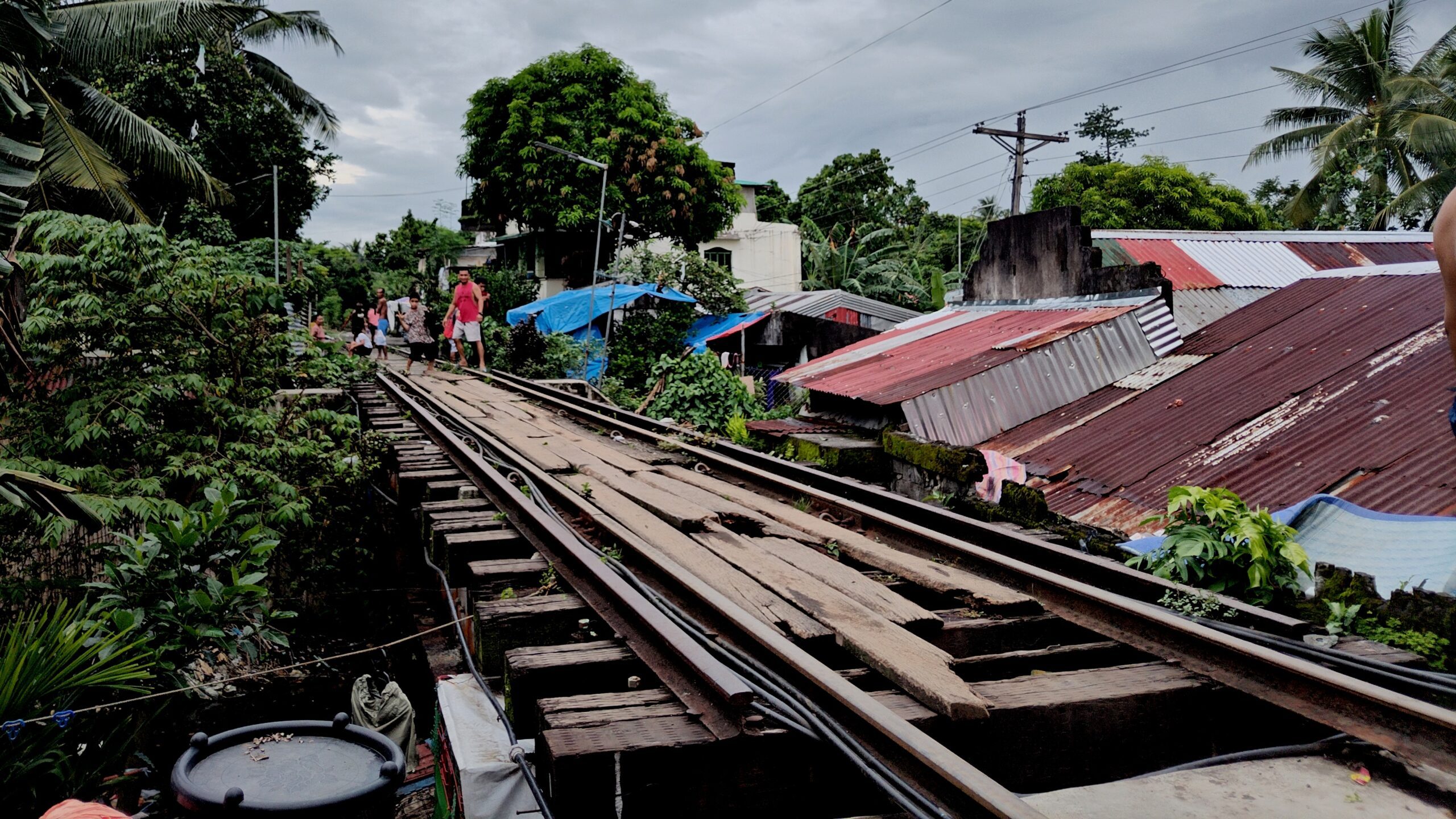Physical Address
304 North Cardinal St.
Dorchester Center, MA 02124
Physical Address
304 North Cardinal St.
Dorchester Center, MA 02124

This is AI generated summarization, which may have errors. For context, always refer to the full article.
Without a cohesive long-term plan and stronger implementation, the Philippines will continue to fall behind its regional peers in delivering reliable and safe transport infrastructure, a PIDS study finds
MANILA, Philippines – A 98-page research paper published by the Philippine Institute for Development Studies (PIDS) on the state of the country’s road and rail transport infrastructure found what many already know to be true: “the Philippines continues to suffer from inadequate and poor quality road and rail transport infrastructure.”
The paper, published on May 26, recommended enacting a “long-term national transport infrastructure plan” to catch up.
The report found the Philippines falls behind on multiple transit metrics when compared to other members of the Association of Southeast Asian Nations (ASEAN). The report used the Global Competitiveness Index (GCI), metrics compiled by the World Economic Forum, that ranks economies based on 103 indicators, with infrastructure being a central pillar.
The GCI framework includes eight indicators under transport infrastructure and four indicators falling under utility infrastructure. The most recent GCI ranking from 2019, shows that the Philippines still lags behind most of its peers in terms of the overall state of infrastructure, the second worst-ranked in ASEAN. In the transport infrastructure sub-pillar, the Philippines ranks last among ASEAN member-states.
The study assessed the specific targets of the Philippine Development Plan (PDP), the Public Investment Program and the expenditure program regarding the performance of road and rail transport infrastructure. The report found that many of the targets were not met, namely reduction goals set for travel time and road accidents.
The paper believes that the PDP travel time targets were set in an overly simplistic manner, with blanket percentage reductions being used nationwide, with the exception of Metro Manila, and recommended that the goals be tailored to location-specific interventions.
The goal of reducing vehicular accident injuries to 10 per 100,000 population was missed, with the paper estimating the 2021 rate at 27.92 per 100,000, based on data from the Online National Electronic Injury Surveillance System.
The study found issues in the disbursement rates of the Department of Transportation (DOTr) and Department of Public Works and Highways (DWPH). Disbursement rates, showing the actual spending of agencies relative to what Congress authorized them to spend, for these agencies were constantly low from 2016 to 2021.
DPWH and DOTr obligation rates and disbursement rates, 2016–2021
| Year | Disbursement Rate (Disbursement/Appropriations) | |
| DPWH | DOTr | |
| 2016 | 54.7% | 52.9% |
| 2017 | 32.8% | 32.5% |
| 2018 | 39.3% | 36.6% |
| 2019 | 48.1% | 34.3% |
| 2020 | 28.6% | 35.3% |
| 2021 | 53.8% | 41.5% |
In many of these years, less than half of funds were used as a percentage of appropriations. This means, despite Congress wanting to spend more on transit infrastructure, the actual spending of the agencies fell short of its goals.
In terms of project implementation, the study found many issues common across projects nationwide, including right-of-way acquisition, financing, political intervention, project management issues and weak technical capacity of Local Government Units. Additionally, pandemic-era supply chain and labor issues contributed to project delays.
The study’s authors call for a “much-needed” national transport infrastructure plan to streamline progress, arguing such a plan would mitigate the implementation issues the report found. The authors also recommend implementing proper land use planning and zoning to aid the execution of long-term plans.
The paper suggests cities outside Metro Manila to adopt benchmarking and performance audits to guide more effective and accountable transit development.
The study signals that without a cohesive long-term plan and stronger implementation, the Philippines will continue to fall behind its regional peers in delivering reliable and safe transport infrastructure. – Rappler.com
Ty Javier is an Economics undergraduate student at the University of Wisconsin. Before interning at Rappler, he was a senior staff writer and photographer at The Daily Cardinal, specializing in university and campaign finances, economic policy and transit. To get out of the house, Ty enjoys playing beach volleyball and multi-day backpacking trips in the mountains.